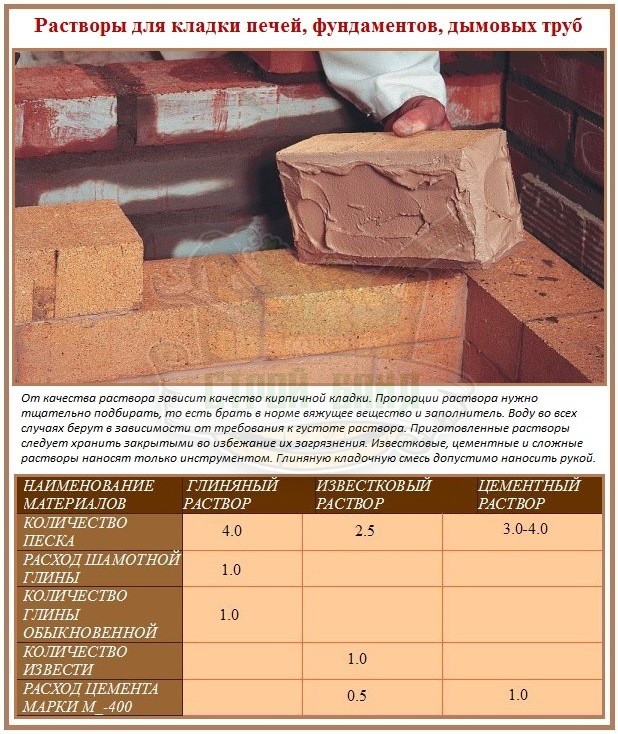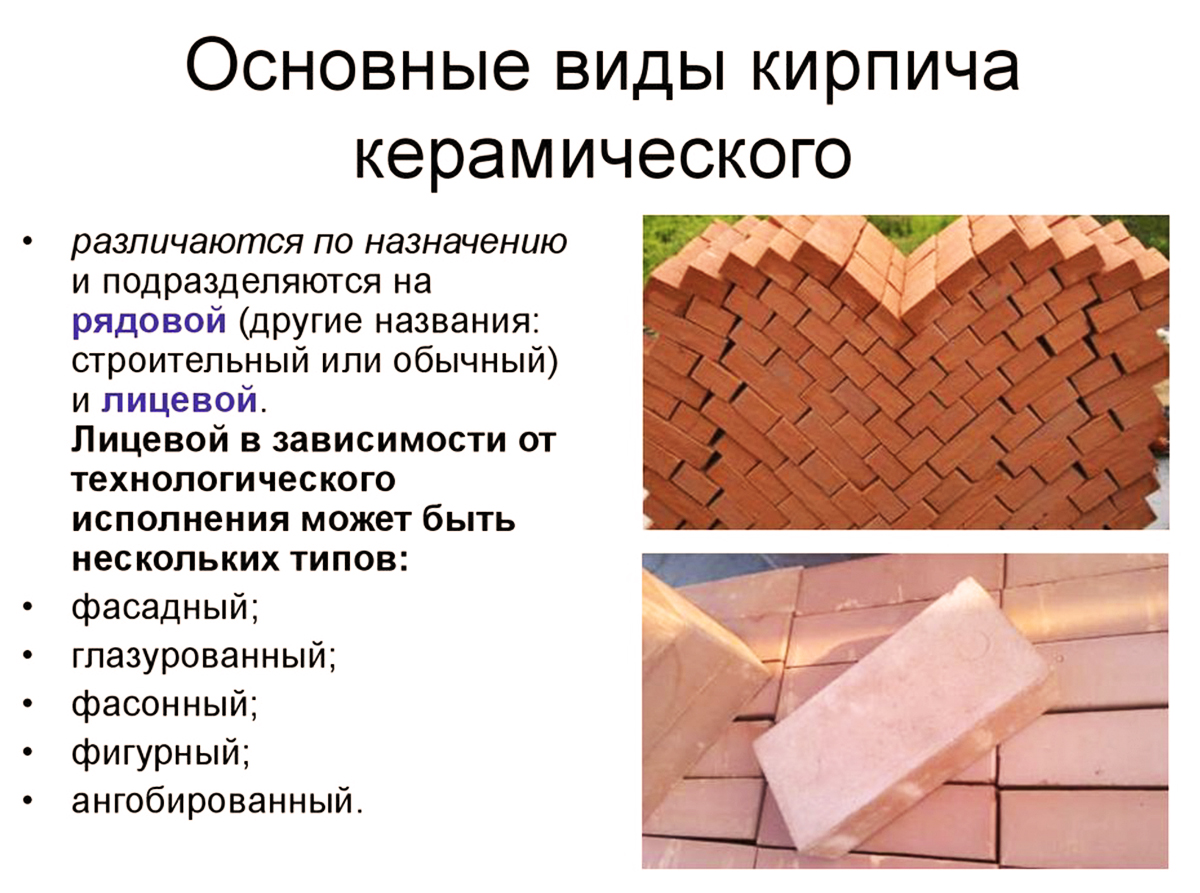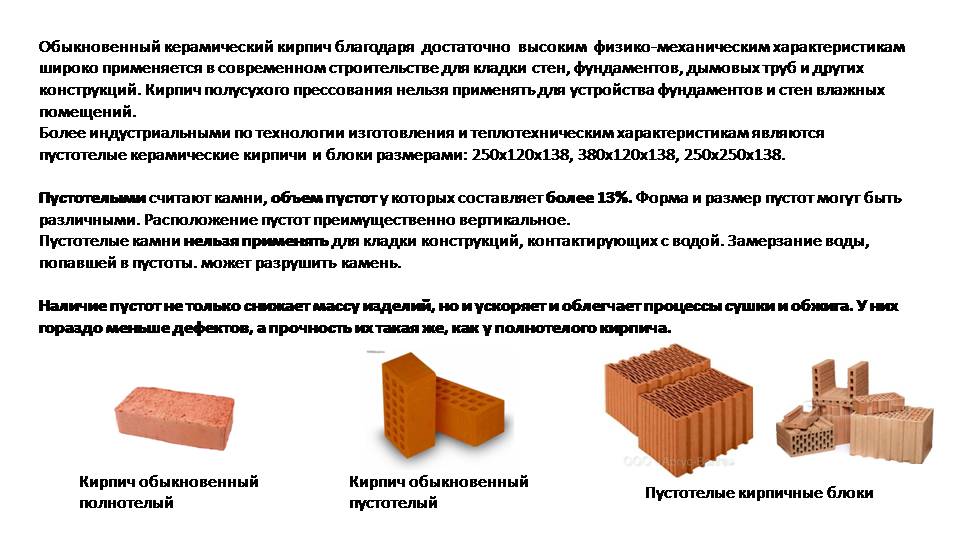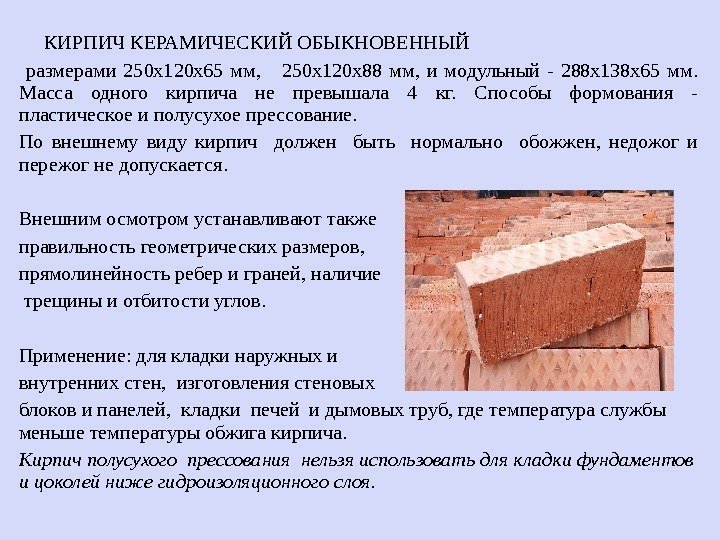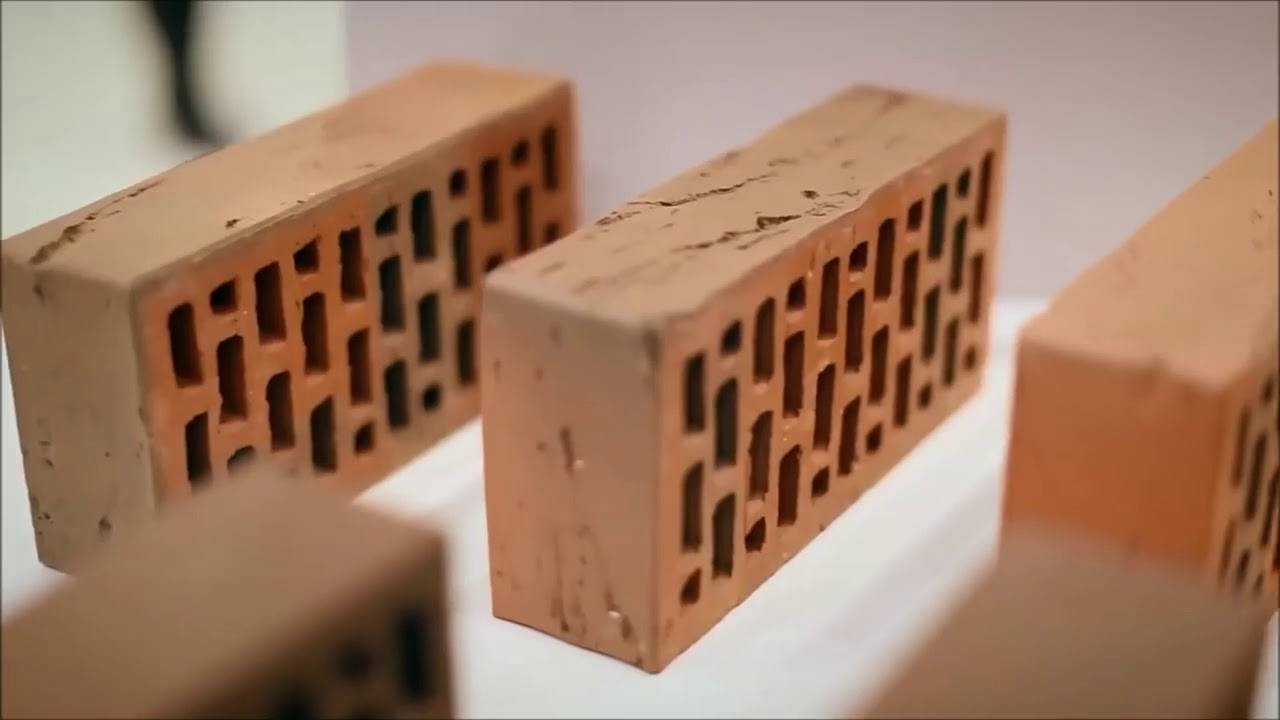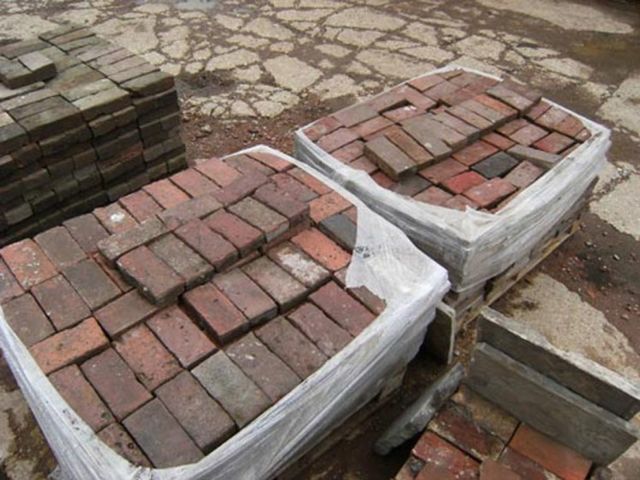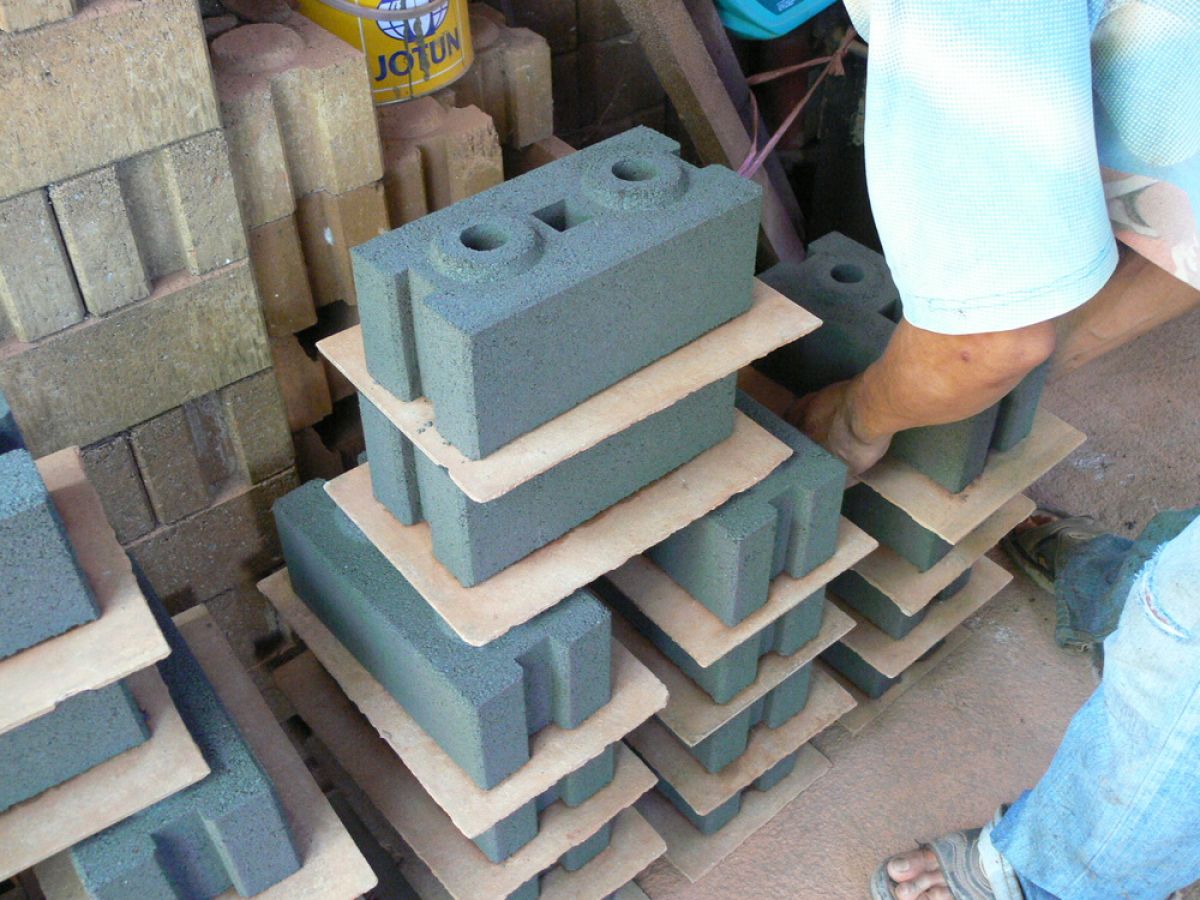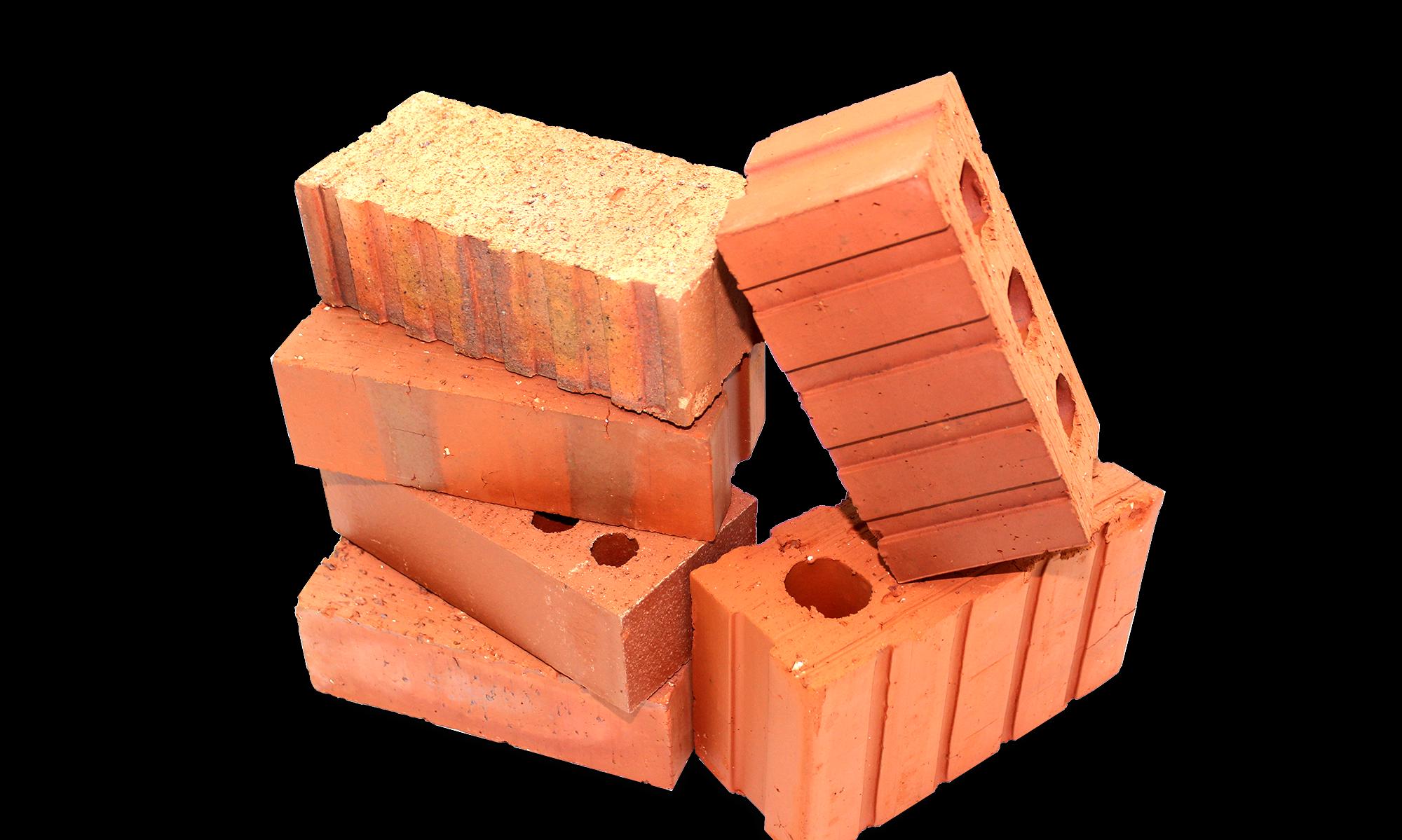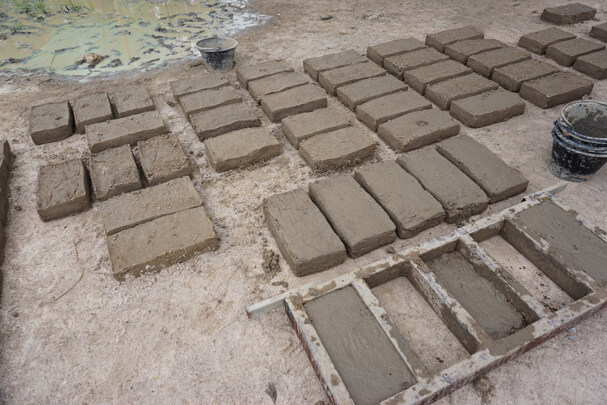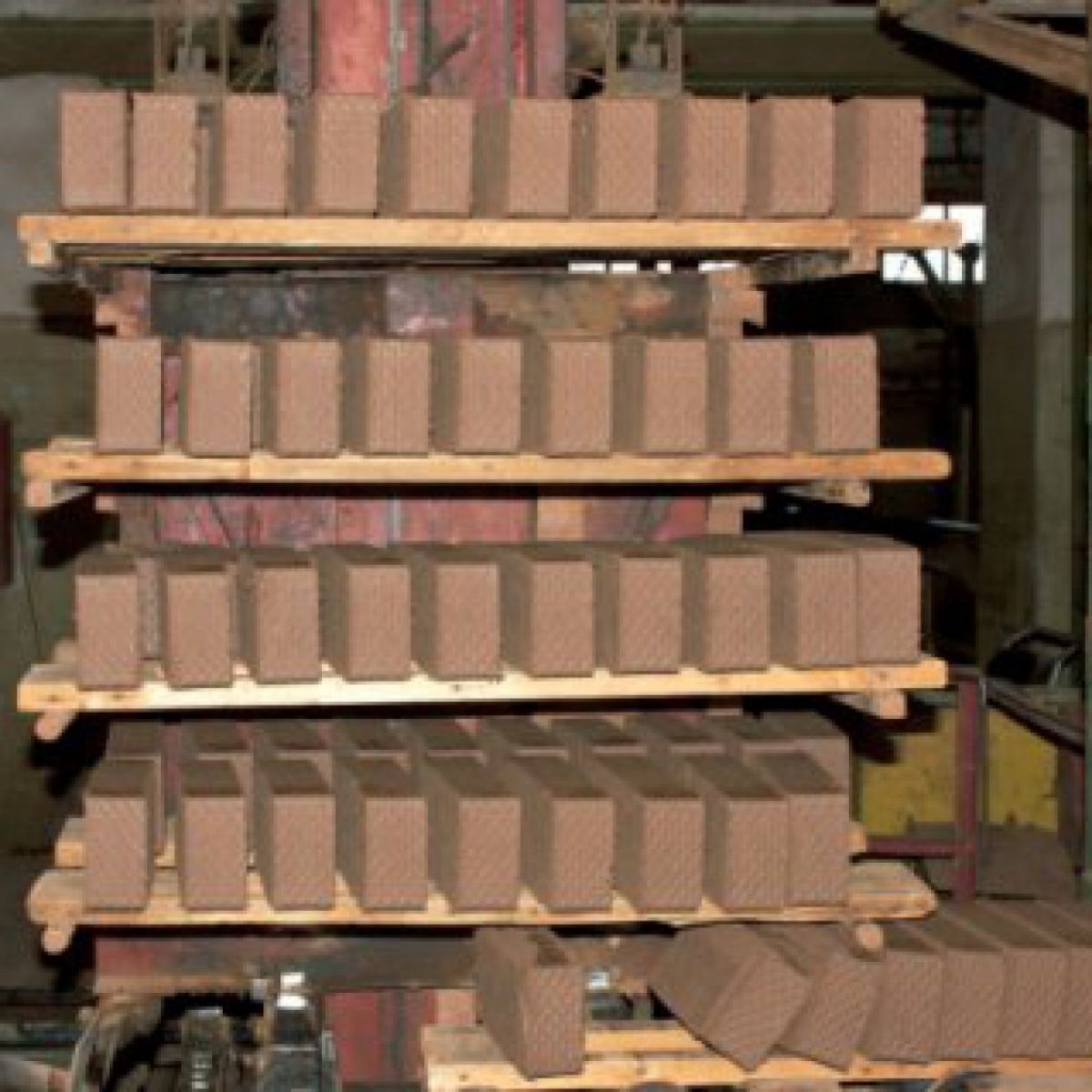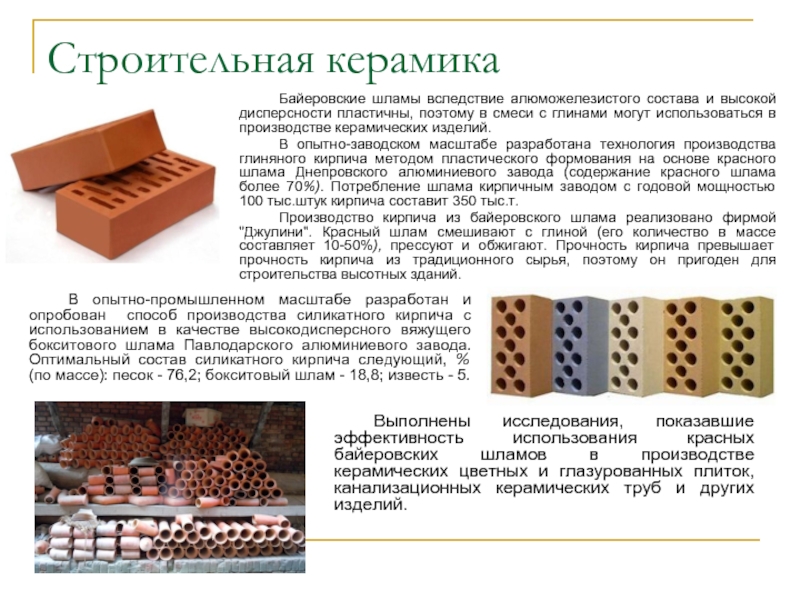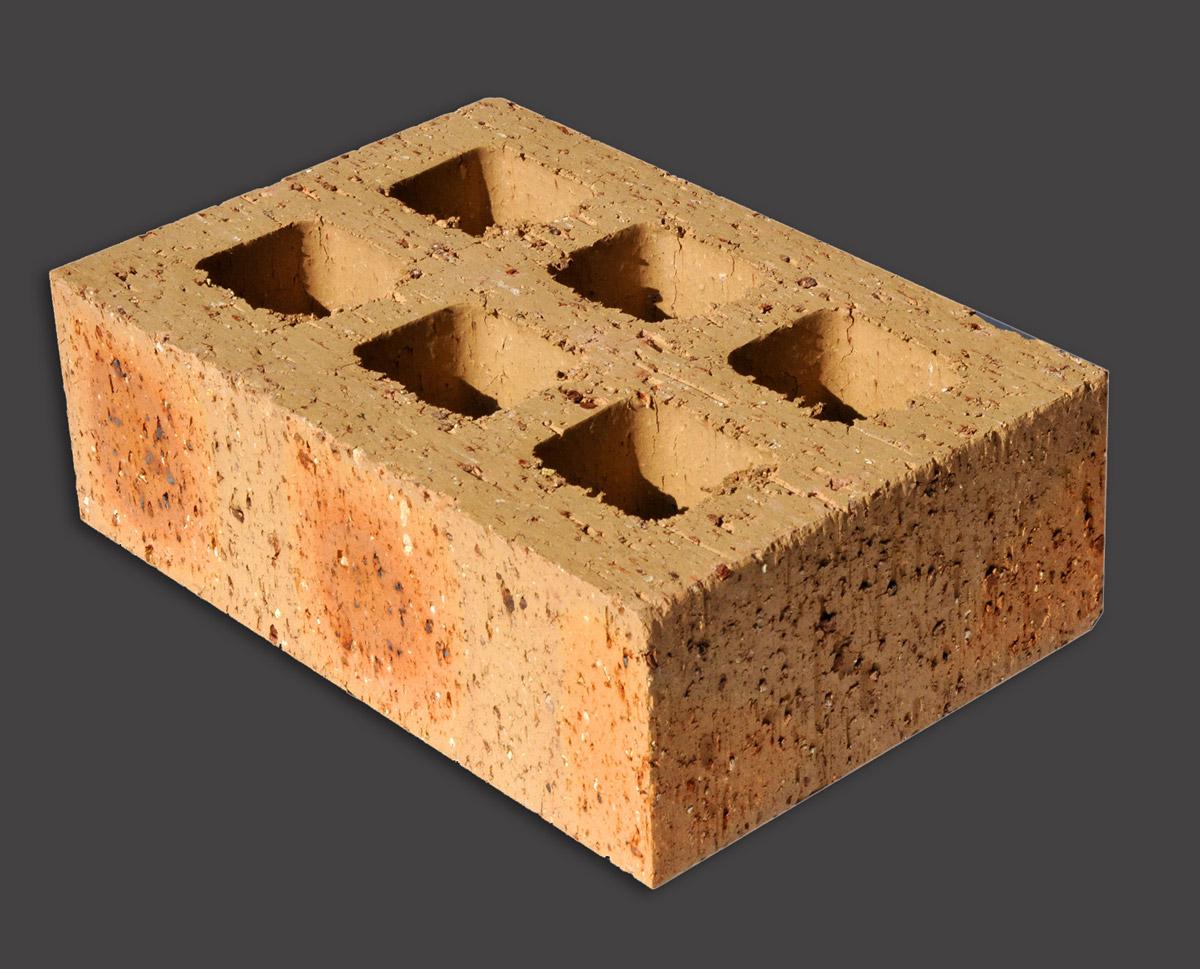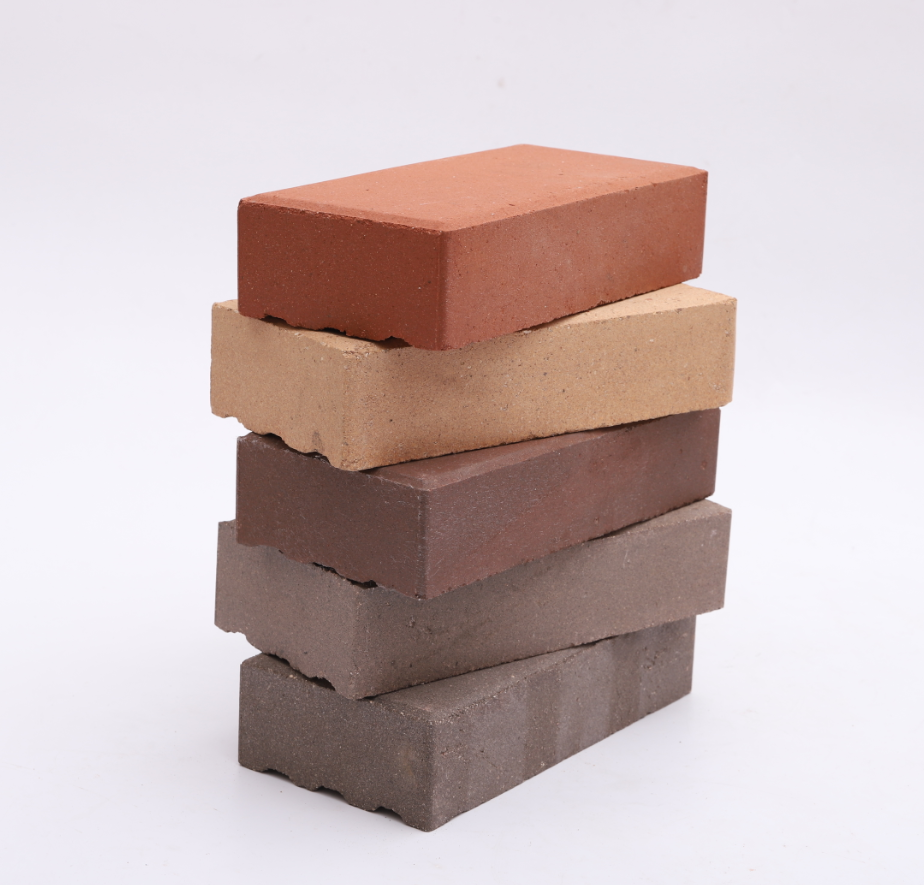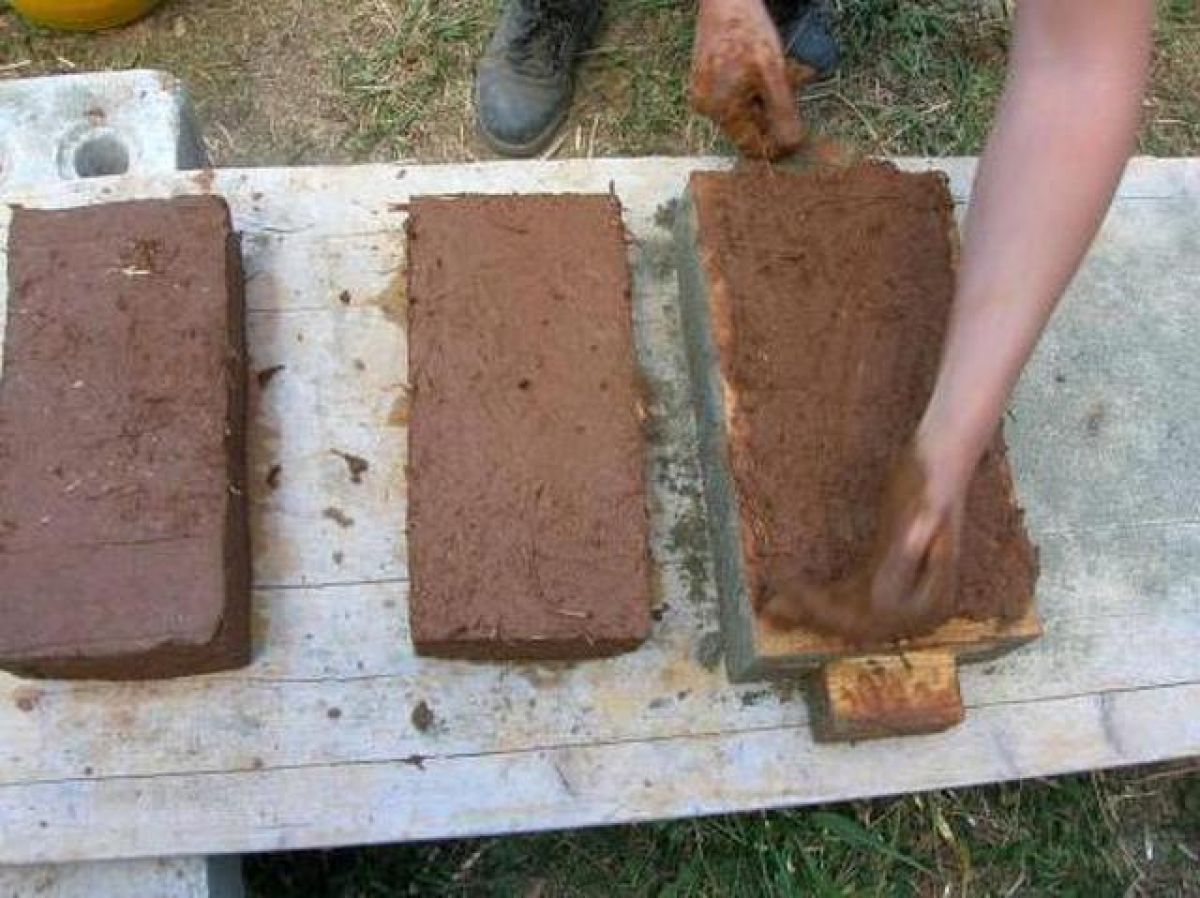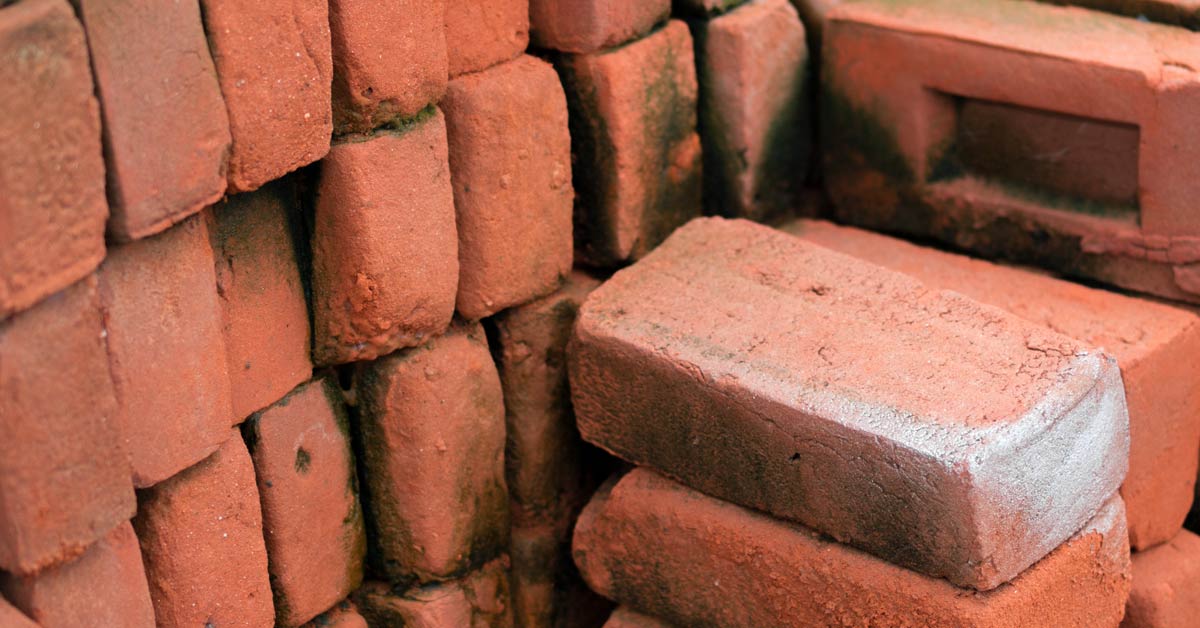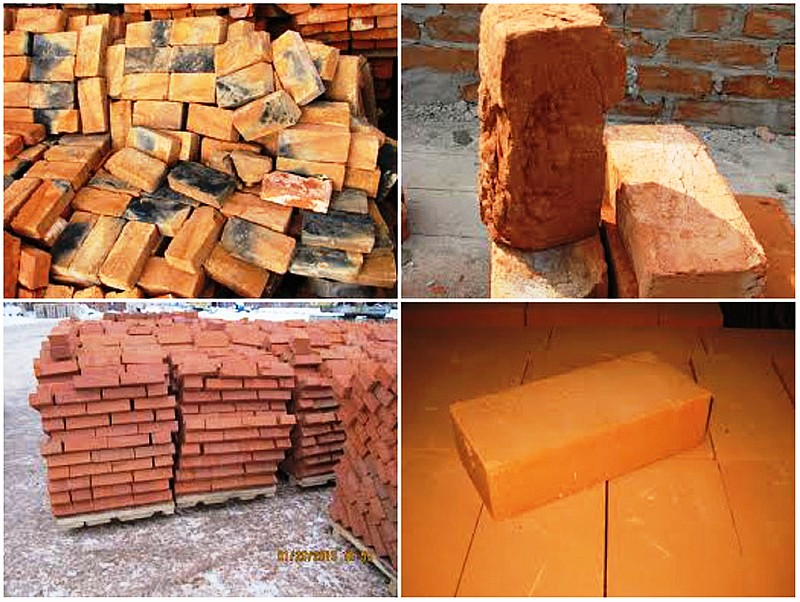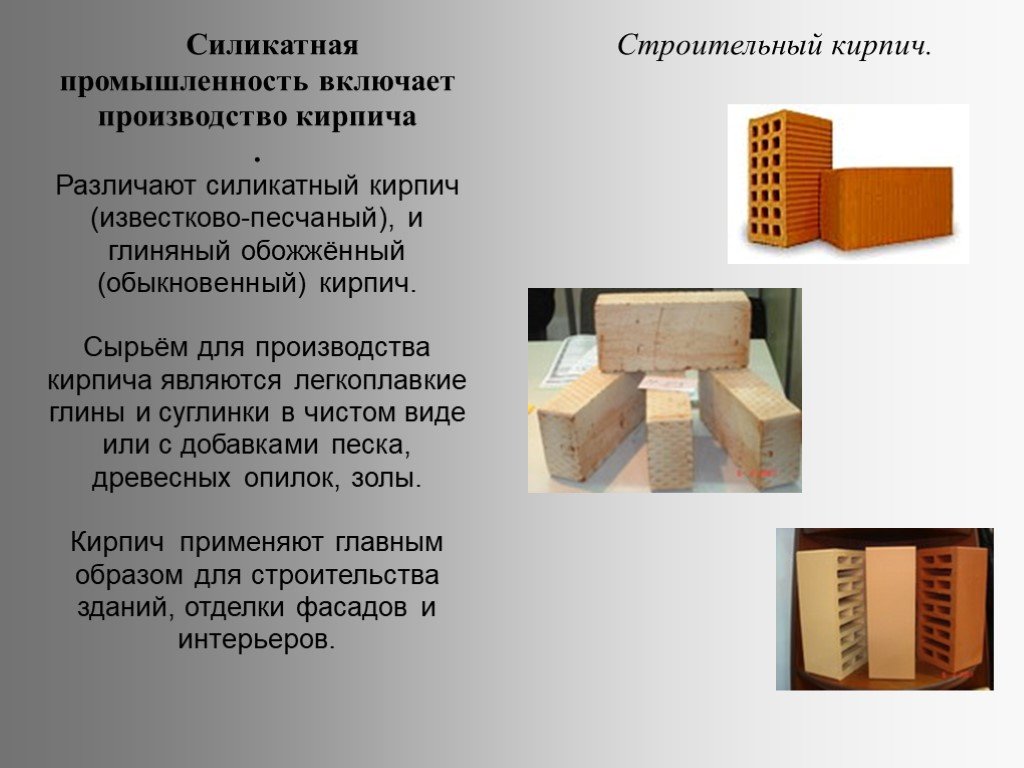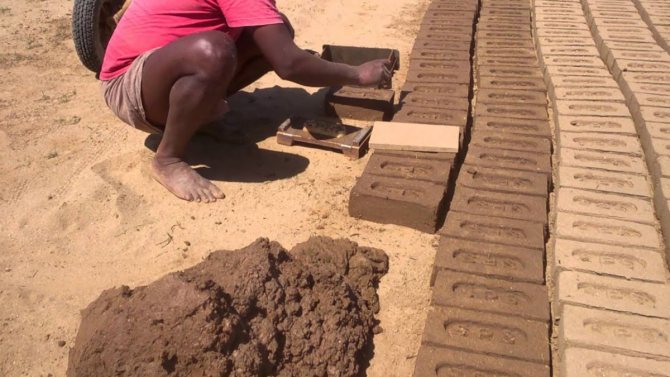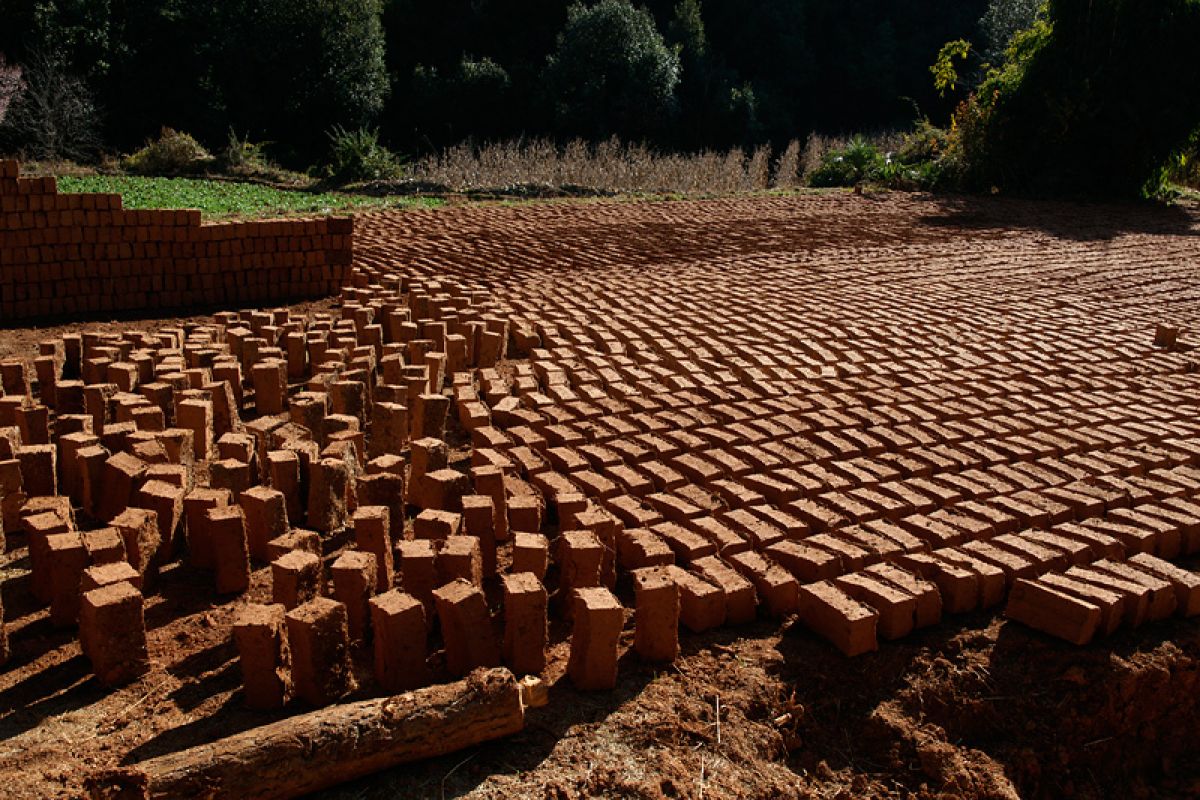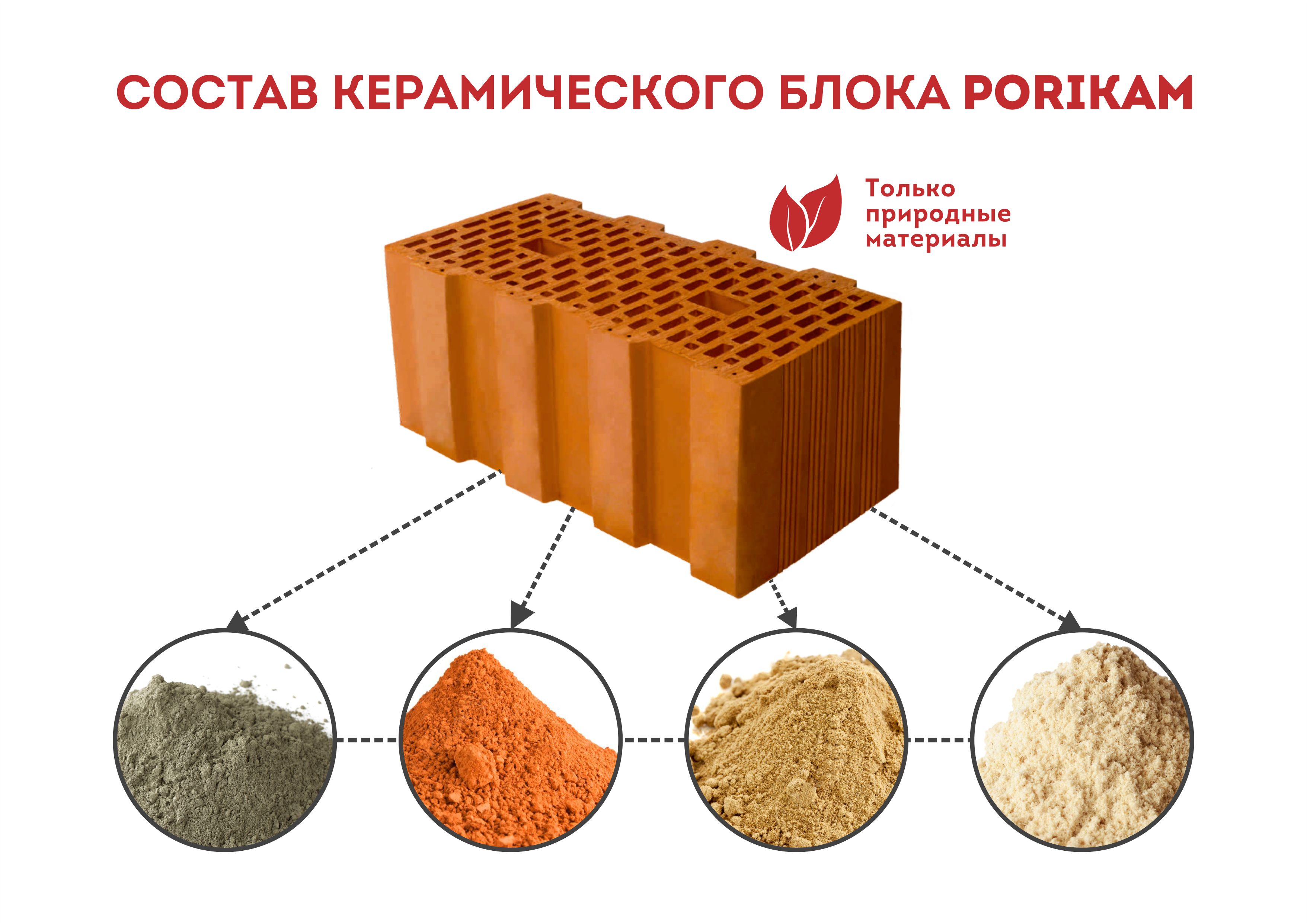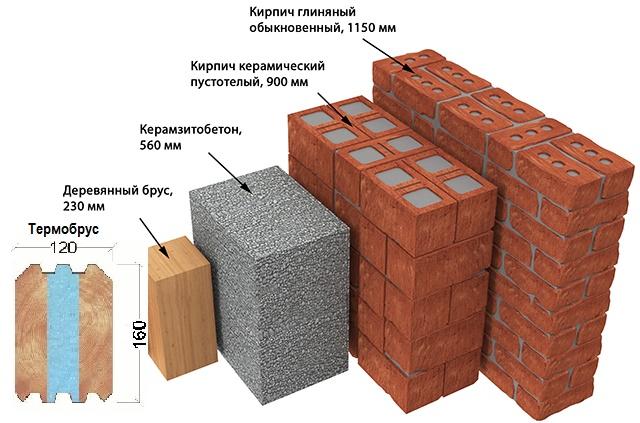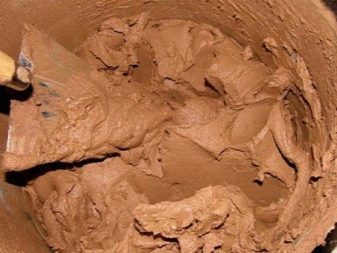What is raw brick?

First you need to prepare a container for forming the product. For this purpose, a board (up to 22 mm) and two plywood sheets, the dimensions of which correspond to factory bricks, can be used.
- The connection of the frame elements is done with small nails. A removable cover should be provided. Forms are created in large quantities at once. Thus, it will be possible to organize a conveyor and speed up the production of bricks at home.
- Ready-made forms must be moistened with water from the inside or sprinkled with construction dust to facilitate the process of getting the product.
- After that, you need to put the dough into molds and shake it to crush the composition. Excess mixture can be removed with a metal plate and then the mold can be closed with a lid.
- Next, the product is dried. A mini brick drying plant will be of great help in this work. Such equipment, although it costs money, as a result produces a quality product that is not inferior to the factory one. Drying out of the brick leads to its gradual shrinkage. In general, the decrease continues to 15%.
Completion of the drying process does not mean that all the water has come out. For complete hardening and dehydration, leave the bricks on the racks in a well ventilated room.

Do not leave products in the sun. Depending on various conditions, including temperature, the drying process lasts one to two weeks. After this time, the brick is ready for use.
It is important to take into account that such a product does not have sufficient resistance to moisture, so you need to consider additional wall insulation
The nuances of making adobe
Clay is called a thick mass made of greasy clay that does not have impurities. The whole technology of its preparation consists in diluting the clay with water, and carefully tamping it. As the water evaporates, the solution thickens.
- Readiness is checked in the old-fashioned way: they put a clay block on a stick, and if it only slightly bends and no longer deforms, it means that the adobe has turned out to be of high quality. It is from it that adobe bricks (clay concrete) are made.
- It is an excellent material for the construction of stoves, but for the construction of houses, people have long preferred to make stones filled with straw, wool, sawdust. The reason is simple: the walls are warmer.
- In rural areas located in the southern latitudes, clay-straw stone (adobe) is still quite popular today. Not only sheds, chicken coops and pigsties are built from it, but also residential buildings.
Two-storey adobe house
Pasting the outer walls with adobe
The owner is doubly pleased with the fact that such a house can look very interesting, and even with a claim to originality, and the price that will have to be paid in this case will be minimal.
Features of clay stone
Clay-concrete molded stone - like adobe, by the way, can only be dried, and can also be fired. In the first case, it will be a raw brick, and in the second, a full-fledged brick.
Subject to standard dimensions, the weight of hand-molded clay bricks does not differ much from the weight of ordinary solid bricks, and varies in the range of 3.25-3.45 kg.
Light clay fired brick: hand molded
Despite the fact that the geometry of the bar does not always correspond to the existing standard, and has some deviations, in general it has a good appearance, and can be used not only for the construction of stoves, but also for the front masonry of semi-antique facades.
Clay brick red
As for adobe, after firing it turns out to be porous, which means that its thermal conductivity indicators improve.The pores are formed due to the burning out of the straw during the firing process.
In this case, the stone ceases to be susceptible to moisture. In this case, it can be used for private construction, even in areas with a damp climate.
Adobe wall with brick cladding
If the adobe walls are overlaid with facing bricks, which we see in the example above, the house will turn out not only warm, but will also have a quite decent appearance. Saman is an excellent alternative to aerated concrete blocks, which are many times more expensive and are not available in every locality.
Plastering the furnace with clay
Laying bricks on clay is also preferable in the construction of stoves, which is no longer done for the sake of economy. At high temperatures, a clay mortar forms a monolith with a brick, which ideally retains heat. That is why the ovens are often completely coated with clay on top.
To make the adobe of high quality
To obtain the correct adobe mass, the clay used for kneading must be homogeneous. It should not contain even an insignificant gravel content. When heated, it expands more, and will simply destroy the stone from the inside.
So:
- To obtain a good quality red clay brick, or a mortar for laying a stove, there should also be no lime inclusions in it.
- At high temperatures, lime turns into a boil, and when water gets in, it provokes the formation of blisters and cracks in the bricks.
- Therefore, when pouring clay with water, it is first probed with hands, removing all large inclusions. If these are lumps of lime larger than 3 mm, their percentage must be determined.
- To do this, weigh the entire portion of the soaked clay, and separately - lime lumps. It turned out that there is more than 0.5 kg of lime per 5 kg of clay? It is definitely not suitable for oven bricks!
Knead the clay with your feet
- In general, the best assistant in the manufacture of adobe is time. If you seriously set out to make a brick yourself, keep in mind that the preparation of clay should begin in a year, or even better in two.
- It is spread in the garden in a layer of 10-12 cm, and left directly in the open air. Repeated freeze and thaw cycles will destroy all impurities, and only quality clay will remain.
- Its uniform saturation with water is an extremely important nuance. Therefore, before proceeding to kneading the solution, it is simply poured over, and given several hours for swelling.
Then the mass is stirred with a shovel, processed with a rammer, and only then they begin to knead. At the end of this process, the tamped clay is covered with a wet cloth and left to lie down for another 10-12 hours - only after that you can begin to mold the adobe brick.
Scope of application of brick clay
Clay solid brick has been known for many centuries, but still remains a very popular material in construction. Brick clay is used to create not only ceramic bricks, but also clinker bricks. Such natural material is also used for other purposes. For example, this is the production of panels for ventilation facades, slotted blocks, facing tiles, roof tiles and others.
Brick clay is used as an additive in the production of pozzolanic and clay-lime-type cements. If the mass contains a large amount of ferrous oxides, and it has a bright shade, then it is used in the composition of mineral paints. Brick clay can be used as a binder in mortars for plaster and masonry, and it can be used either alone or mixed with cement.
If the masonry is erected of unbaked bricks, and even made of clay mortar, then it is best to additionally cover such a wall with tiles or bricks.You can cover with plaster polymer-cement type, or you can simply use siding or clapboard (before this, the wall must be closed with roll-type waterproofing).

There are several types of clay bricks:
- Syrets. This material is unfired.
- Red clay brick, unbaked and with straw. It is known as adobe.
- Fired red brick. This is done to obtain a ceramic material.
Not every clay is suitable for the production of ceramic stones. The one that is used in this case is called brick. There are several suitable types of material that differ in composition and parameters.
Clay suitable for the production of ordinary bricks must have the following properties:
- connectivity index - not less than 3 kgf / cm2. This indicates the compressive strength of the material;
- tensile strength - not less than 0.8 kg / cm2;
- flexibility;
- ease of flow;
- swelling capacity, that is, the initial volume must increase by at least 4%.
- the ability to form a viscous composition;
- stickiness;
- the ability to maintain the given shape after the firing process;
- refractoriness index - not less than 1.1 thousand ° C;
- sintering index - from 1 thousand ° C.
When choosing a material for the production of ordinary clay bricks, you must also pay attention to its composition. The main component is kaolinite. In addition, there must be other ingredients:
In addition, there must be other ingredients:
- montmorillonite (a mineral that can swell strongly);
- hydromica (silicate type minerals);
- iron oxides, which affect the shade of the clay;
- quartz.
The ratio of such particles can be any, but if you need a material for making bricks, then only the product is suitable for which the modulus of clay particles is at least 0.11. This amount is the ratio of the percentage of clay compounds to the total amount of dust and sand. If the clay itself is less than dust, then such a material is called loam. If there is more sand in the composition, then such a product is called sandy loam.
The composition of the fatty material affects the properties of the clay and its use. Good water resistance ensures the use of raw materials for waterproofing foundations from the outside. If the soils are chalky, talc, then clay is used to create embankments according to individual projects. The slopes of the excavations at a depth of up to 12 meters are sown with grass in the upper part up to 6 meters high. Sod is laid at the bottom of the slopes.
Fatty raw materials, which are free of lime and alkalis, acquire refractory properties during firing. Woven clay is also distinguished - fat, with low plasticity. It belongs to adsorption.
How to make a brick out of clay
There are two types of red brick - unbaked, so to speak "raw brick" and fired, which has much greater mechanical strength. However, unbaked clay brick can also be successfully used in the construction of small buildings, for example, a bathhouse or a barn.

Let's take an example of the process of making a red brick from clay:
Form - to make a brick, you need the simplest form of edged board, 2-2.5 cm thick and plywood. The dimensions of the mold for making bricks from clay are as follows: 250x120x65 mm. At the same time, the upper and lower cover of the brick mold have conical protrusions that form the necessary voids in the brick.
To make the mold, you will need nails or self-tapping screws. It is best to make several shapes in advance so that the process of making bricks goes much faster. Also, so that the clay solution does not stick to the wood, before use, the inner parts of the mold must be moistened with water, and then the surface must be sprinkled with cement.
Pouring - after the clay mortar for the brick is prepared, the forms are carefully filled with it.A mandatory procedure in this case is shaking the forms, so that the solution is well distributed and there are no voids in it. After that, you should put the top cover on the mold, press it down, and wait for a while.
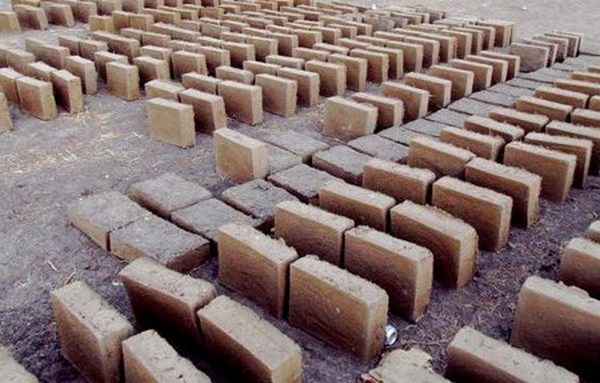
Drying is an equally important process in the manufacture of bricks from clay, on which the strength characteristics of the finished building material depend. It is recommended to dry bricks only in the shade, on pallets or racks. After the brick is removed from the molds, it is distributed in batches on the racks, and left there for 6-15 days.
During the drying of bricks, intensive shrinkage of the material occurs due to the evaporation of moisture from the clay
Therefore, it is important not to allow direct sunlight while drying the brick. Also, premises for these purposes, you need to choose well-ventilated, and ideally, of course, it is better to use a free space under a canopy, reliably protected from the sun and precipitation.
Brick production
For the manufacture of clinker, a special refractory clay is used. It contains a lot of aluminum oxides in its composition, which significantly reduce the deformation of the pressed briquettes during firing. The content of oxides is 17-23% of the total mass of the mixture. Any clay always contains iron oxide (image # 1), which gives the finished product a color that can change from the usual cherry red to an unusual dark purple. The iron oxide content should not exceed 8%, otherwise a crust will form on their surfaces when products are fired in a furnace. It does not allow carbon dioxide to escape, which causes the brick to swell.
A certain amount of calcium, magnesium, silicon must be preserved in the composition of the clay. With their lack, products require strictly defined temperatures during firing, and this complicates the production technology. When the content is exceeded, the characteristics and properties of the brick change. It becomes fragile.
Image No. 2. Facing bricks are used for finishing the external facades of houses.
Higher quality products can be achieved using the extrusion manufacturing method. The application of this method is as follows:
- clay with other components is thoroughly mixed;
- the mixture is placed in an extruder;
- the extruder squeezes out the working molding mixture through the holes of a certain section;
- a clay tape is cut into bricks;
- the bricks go into the firing chamber.
This method of manufacturing and firing products is quite expensive. Russian clinker bricks are produced in this way only at a few factories. The rest of the enterprises work by the method of semi-dry pressing, which requires lower energy consumption. The production method includes the following operations:
- clay is dried and crushed;
- the crushed mixture is placed in molds;
- bricks are pressed;
- the workpieces are dried at a temperature of 80 ° C during the day;
- dried workpieces are poisoned for firing.
Tunnel kilns are most often used for firing. These structures reach a length of 200 m. They operate in a continuous cycle. On the conveyor belt, the workpieces go all the way. On the way, they cross zones with different temperature regimes. The maximum temperature reaches + 1100 °… + 1450 ° C. Under these conditions, the clay is sintered and transformed into ceramic. And clinker brick, as we know, is a kind of ceramic products. Its properties and characteristics:
Image No. 3. Clinker bricks are often used for paving sidewalks and roads.
- full-bodied density - 1950-2100 kg / m³;
- hollow density - 1600-1800 kg / m³;
- product strength - 25 MPa;
- frost resistance - not less than F50;
- water absorption - from 3 to 6%;
- thermal conductivity - 0.7-1.17 W / m ° C.
Brick by its purpose may be different. There are the following types of clinker bricks:
- facing;
- road;
- stove;
- shaped.
Facing is intended for finishing the walls of buildings (image No. 2). Road - for paving roads and sidewalks (image No. 3). Chimneys, fireplaces and stoves are built from the stove. Shaped products have a wide variety of shapes. They are used for the construction of gazebos, fences, for finishing some parts of buildings. Properties and advantages of products:
- high strength;
- frost resistance;
- presentable appearance;
- durability (about 100 years).
The disadvantages include high density. This quality requires a stronger foundation and makes it more difficult to transport the brick to the place of use. To this can be added the heat loss due to the thermal conductivity of the material and the high cost.
Features of brick making
The main constituent material is clay, so the quality of this raw material is of key importance. The source of clay can be both your own site and the nearest quarry or forest.
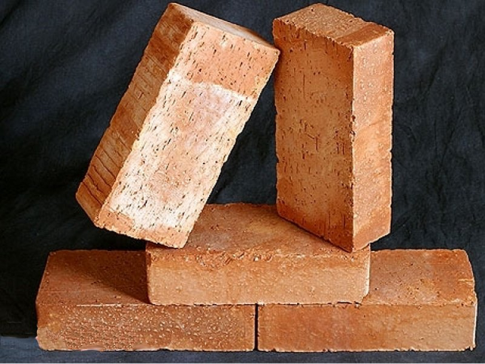
Of course, you can buy this material. The quality criterion is the fat content of this component. To determine its amount, you can do a small test.
- Mix the clay with a little water. Kneading thoroughly, as a result, you need to get a ball from a dense, like dough, composition. The finished material must be divided into two parts, rolled into a cake and then made a ball again. These items should be left (preferably in the sun) for 2 days.
- You need to check the products for cracks and for strength by throwing the ball from a meter height. Cracking indicates a high fat content and the need to add a certain amount of sand to the composition. If the products remain smooth, then the clay is quite suitable for performing construction tasks.
Brick production technology provides for the formation of products by burning or without using it. The first type has the best strength and is used for the construction of houses and other structures. Raw brick, although it is not inferior to a fired element in high-quality manufacturing, is still more often used for the construction of medium-sized buildings.
Fireclay bricks
The hearth at all times played the role of the central element of people's dwellings. Fire is considered a sign of civilization that forms a minimum level of comfort. Therefore, people kept the integrity of the hearth structure, building it from refractory materials. The working areas of modern kilns are built from high quality fireclay bricks. Tapping a properly made block produces a metallic sound, and the impact splits the brick into large pieces.
Incorrectly fired material will make a dull sound, and a blow will destroy it. A furnace built from unfired blocks will quickly collapse when the structure is no longer able to radiate stored heat. A brick block saturated with moisture will lose up to 75 percent of its original operational properties. Chimneys are built from special frost-resistant bricks.
The calculation of the required amount of fireclay bricks is carried out by a professional craftsman, who determines the places of application of the material. When drawing up the layout of objects, the type of brick in question is marked with hatching. Specialized bricks that can withstand high temperatures are produced in small quantities relative to silicate or ceramic blocks. Therefore, the construction of facilities begins with a consultation with professional specialists who know the level of quality of products from trusted suppliers.
Clay composition and characteristics
How to test clay for brick making? The clay is dried and then ground into powder. The powder is poured into a transparent glass vessel (beaker or just a glass jar), filled with water and mixed well. You can simply fill the clay with water for several days so that it "disperses" while stirring to a suspended state (completely dissolved in water), for which occasionally the solution is stirred.If the clay is completely suspended while stirring (it hangs in the water), let it settle for several hours until the water becomes transparent; '' below you will see a layer of sand, above - a layer of clay, and above the clay there may be a layer of silt or other impurities. According to the amount of sand precipitated, the suitability of clay for the production of bricks or tiles is determined quite accurately.
Using the formula A - 100, calculate the percentage of pss in the clay, where P is the height of the sand layer in mm, G is the height of the pure clay layer in mm. Skinny clays contain more than 20-30% sand. Such clays are very rough to the touch. A ball of such clay with a diameter of 5 cm, when dropped from a height of 1 meter, crumbles to the floor.
Medium clays contain sand in the range of 10-30%. They are rough to the touch, and when a ball with a diameter of 5 cm is dropped from a height of 1 meter, it flattens, but does not crumble.
Greasy clays contain less than 12% sand. These clays are soft and plastic to the touch. The dough made from such clays is also soft. The rods, 'made from such a test, do not break, but they crack when dry.
The total amount of sand in clay for making bricks or tiles should be at least 12-15% and no more than 20-30%, depending on the quality of the clay.
In the clays used for the production of bricks, the inclusion of stones, roots, branches, and especially lime and chalk inclusions is not allowed, since they complicate the processing of clay and dramatically increase the amount of rejects during drying and firing.
There is another - "folk" - way of determining the amount of clay. To do this, a small amount of clay is kneaded to the level of a hard dough and mixed thoroughly by hand (crumpled) until it ceases to stick to your hands. A clay ball with a diameter of 5 cm made from this dough is squeezed by two plates (preferably pieces of glass) until cracks appear. If a crack appears when compressed by a quarter of the diameter (the distance between the plates is 4 cm), the clay is skinny and not suitable for firing. If a crack appears when compressed by a third of the diameter (the distance between the plates is 3.5 cm), the clay is medium and can be used for firing. Oily clay cracks when compressed by half the diameter (the distance between the plates is 2.5 cm). From such clay, with the addition of sand, you can get a brick of excellent quality.
The amount of sand added to the clay can be calculated using the above formula or empirically, depending on the fat content of the clay. The sand must be taken washed from unwanted inclusions such as: silt, pebbles, plant residues.
Clay, sun and water are our best friends
After waiting for the onset of hot, dry weather, you need to start work on the production of raw bricks and adobe.
Prepared clay of the required condition is mixed with water in a vat and thoroughly kneaded with a hoe or wooden oar. In this age of space flight, it is better to use a construction mixer with a universal attachment.
The mixture must be thoroughly kneaded and allowed to stand for good water absorption by the clay. The finished substance should have the density of rustic sour cream. After proofing and ripening, for which 2-3 hours is enough, a filler is added to the mixture that increases the tensile strength of the product and thermal insulation qualities.
The filler can be:
- Chopped straw;
- Sawdust and wood shavings;
- Dry reed leaf;
- Stems of flax, hemp and other spinning crops;
- Ruminant manure.
The filler can be from 5 to 40 parts by weight in the volume of the finished product.
To increase the water resistance, you can add 5-12% of building lime and 5% of M400 Portland cement to the mash mass.
As a plasticizer, you can use water glass, which is added to the finished mixture at the rate of 1 part of water glass to 20 parts of the molding mixture.This component improves the laying properties of the mash during molding and contributes to a more delicate removal of moisture from the brick mass during subsequent drying.
Forms and methods of molding
Forms for the manufacture of raw bricks and adobe can be single and typesetting, up to five cells. They are made from a wooden board or plywood of sufficient strength. Geometric dimensions can be standardized, as we talked about above, or arbitrary. Before filling the mold, it is necessary to dust it with sawdust, bran or ordinary dust to reduce the sticking of bricks in the mold.
A portion of the molding mixture is placed in the cell and carefully pressed from above with some kind of plane, while removing the excess with a spatula. If the surface of the site is strong and even, you can use through forms that have only side walls, if not, then equipped with a bottom.
Forming in the first case occurs by pulling the mold off the molded brick by moving from bottom to top. In the second, turning over and shaking out from top to bottom. The products molded in this way in one cycle are kept on the molding site for 3 days. After that, they are placed on the edge and dried for 7 days. Further, after preliminary drying, the adobe gains its initial strength and is collected in the so-called cages - dense packing in which there is a small space for air circulation.
The final drying and ripening of adobe is highly dependent on weather conditions and can last from 30 to 90 days. Then a quality test is carried out. In free fall from a height of 2 meters, the brick must retain its shape and not collapse.

